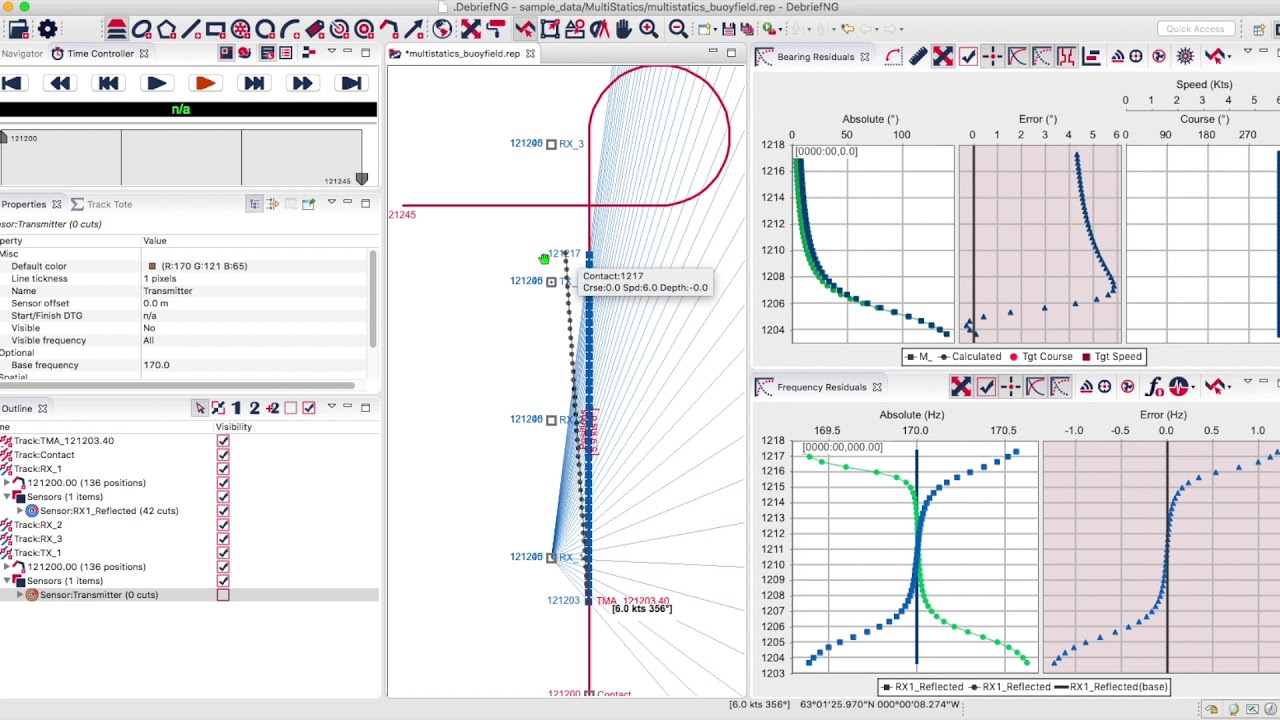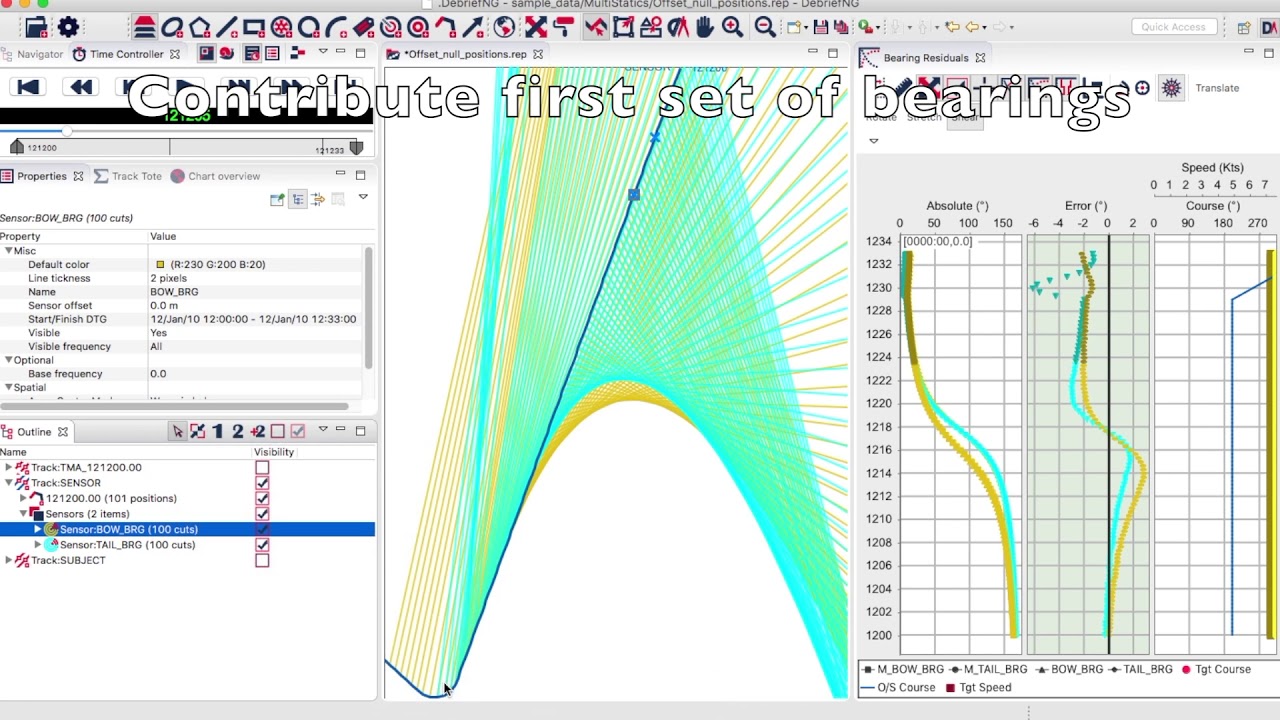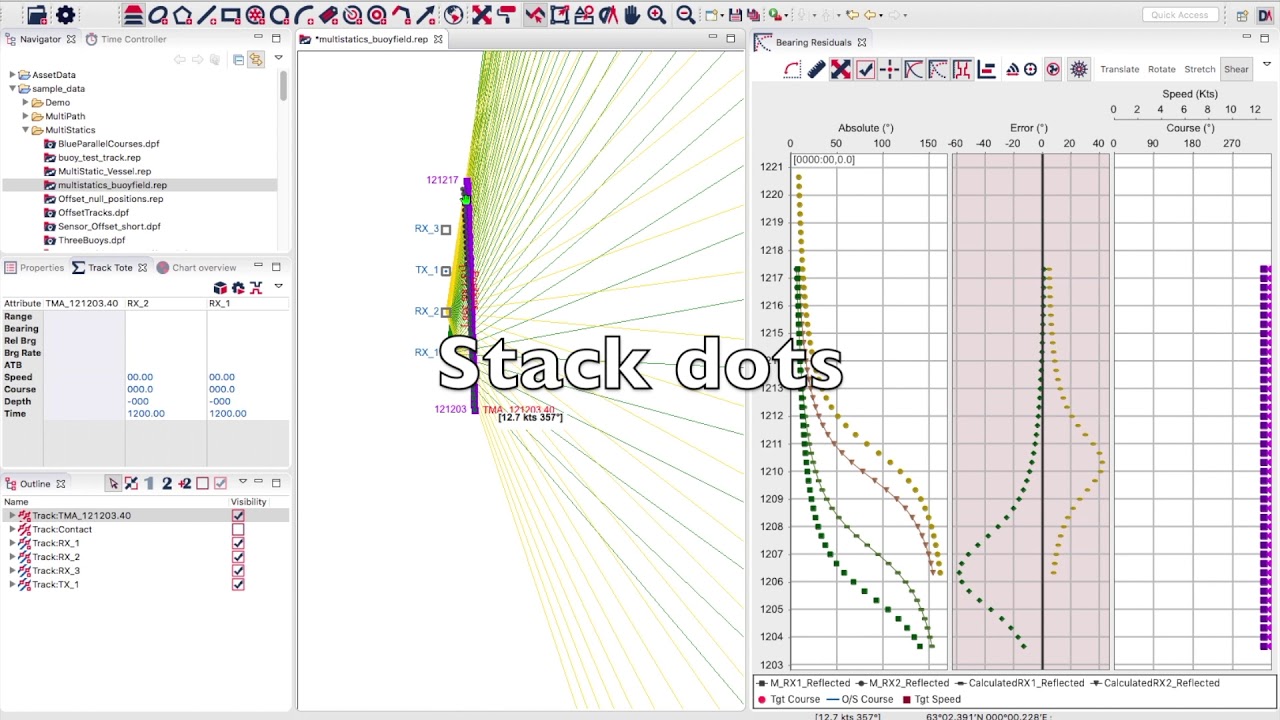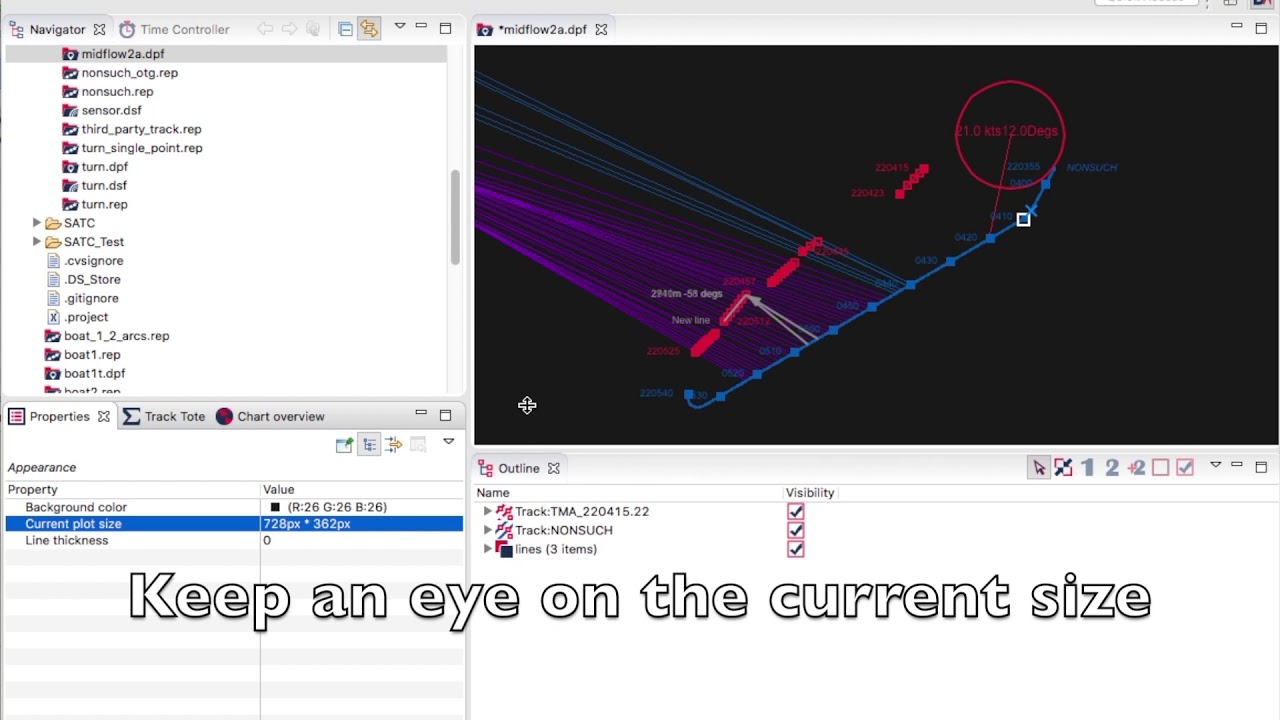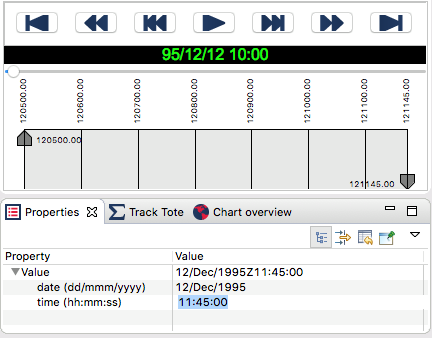After a couple of months of development, we're preparing the release of the new Debrief scripting ability This new capability is intended to enable Debrief Power Users to take on more advanced data manipulation tasks, including: Apply bulk changes to Debrief objects Import unexpected data-types from file Conduct ad-hoc calculations on Debrief data
Read MoreWe're coming to the end of another new feature. Most of the time Debrief data comes in digital form, captured on another system. But, occasionally it arrives in text form and has to be transcribed. Some users do this within Debrief, others perform the task in a text editor such as Notepad, then save the...
Read MoreSymbols are used to add value to analysis plots, through giving a visual indication of the vehicle type. In the past, the symbols have been hard-coded in Debrief, but now Debrief supports the provision of vectored symbols in the industry standard SVG format. The first set of symbols is shown below. Please feel free to...
Read MoreWith the conclusion of Sprint 4, the first major work package ("Epic" in Scrum language) is coming to completion, Export to PPT. In a multi-threaded package of work different members of the team have: designed PowerPoint master slides developed Python code to iteratively work through the various processes involved in transforming Debrief screen pixels into...
Read MoreTo support the development of multi-static analysis capabilities, we've added the ability to introduce 3 actors in the frequency optimisation process: transmitter, subject, and receiver. See more in the video below:
Read MoreThe main way for narrative data to get into Debrief is by the translation of system recording into .REP format. But, on occasion a Debrief analyst wishes to enter one or more narrative entries directly into Debrief. Historically this has always been possible right-clicking on the Narratives folder in the Outline View, or by right-clicking...
Read MoreAnalysts have always been able to use Target Motion Analysis (TMA) algorithms to predict missing track data using passive sensor data. Traditionally, this has only allowed use of a single sensor. Now analysts would like to triangulate a track using multiple sensors. This trial release will let you do just that, to perform manual TMA....
Read MorePart of the package of new features to support multi-statics is to allow manual TMA to be conducted using sensor measurements from more than one platform. This video shows how sensor data from two floating sensor buoys can be used to triangulate a straight leg of positional data. The changes to support this have affected...
Read MoreAnalysts have some specific needs for their reports. Sometimes they’d like exported images to be in a specific size or aspect ratio. Resizing imported images in word or powerpoint is easy, but if it’s not in the correct aspect ratio the images can get stretched/compressed. Doesn’t look good at all does it? That’s why we’re...
Read MoreAt a recent meeting conducting discovery of what Debrief-Lite should look like, an existing user indicated he really wanted time filtering to be via a dialog box, not by dragging the time filter controls - which is a pain to fine tune in Debrief. Of course, it's already possible to fine-tune these controls to a...
Read MoreWhat good is all this analysis if you can’t put it in a report? Many of our analysts use powerpoint to show their teams what they’ve found. Most use cropped screenshots for the task, but we wanted to help them do better. That’s why we’re adding the ability to export scenarios as video files or...
Read MoreIn today's release we're including a technical demonstrator for Lightweight Tracks. Some analysis tasks require the analysis of traffic passing through the exercise area. This could come from radar, AIS or IFF, and can be hundreds (or even thousands) of tracks. But, in traditional Debrief practice, all tracks sit at the top level of the...
Read More

